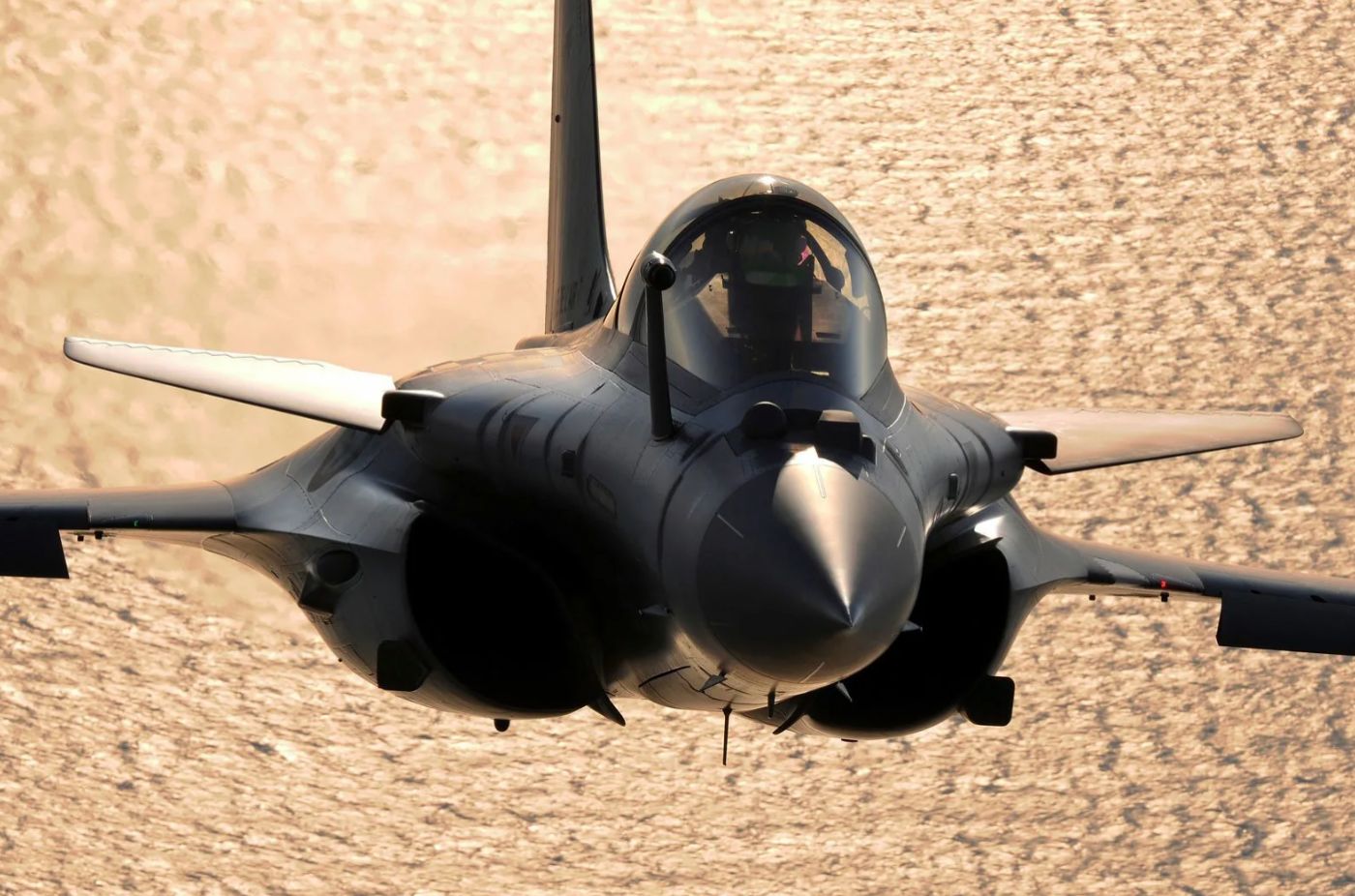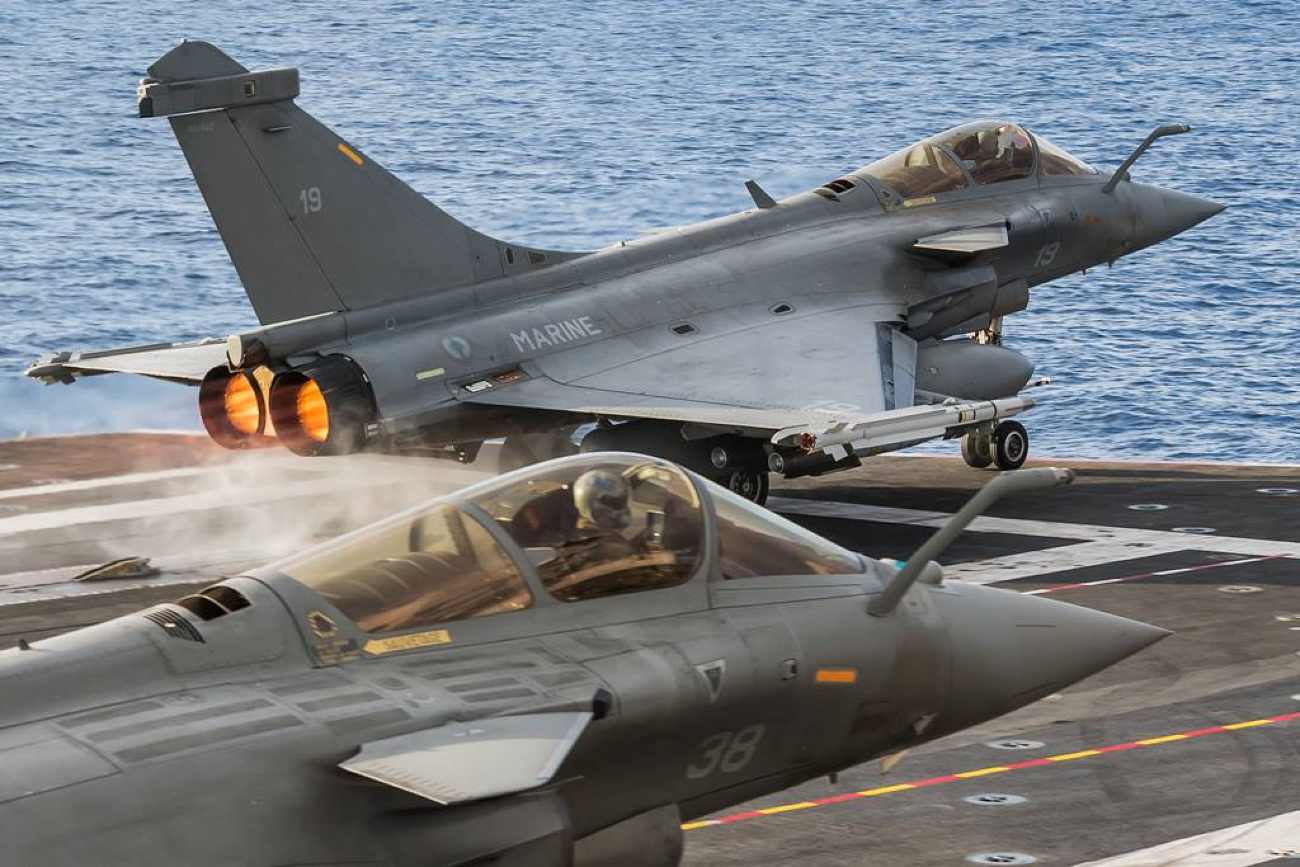Indonesia, the 8th buyer of Dassault Aviation’s Rafale, activated the second tranche of 18 French Fighter jets. The order is in addition to the 42 fighter jets it ordered earlier. This has been quite a turnaround story for Rafale, a fighter jet with a ‘French touch.’
The French omni role fighter jet Rafale struggled to find a buyer for a long time. Apart from the measly order from Egypt and Qatar, Rafale’s order book had nothing to boast about. Rafale, which means “gust of wind” in French, failed to win contracts from Belgium, Brazil, Canada, Finland, Kuwait, Singapore, and Switzerland. Its high price tag has been a major deciding factor against it.
The twin-engine multi-role aircraft can carry out air-to-air combat or can drop bombs on targets in air-to-ground missions, and owing to its cameras, radars, and sensors, can be used for intelligence gathering. This, however, changed in the last ten years as Indonesia became the eighth user of Rafale fighter jets, besides the French Navy and Air Force, Egypt, Qatar, India, Greece, Croatia, and the United Arab Emirates (UAE).
Mathieu Durand, a spokesman for Dassault Aviation, has been quoted by Popular Science: “We thought light and multi-role would be easier to sell. [While it was] controversial at the time, it’s paying off now.” Not only the French fighter jets’ existing users are bumping up their orders, but it also has many potential customers like Saudi Arabia, Serbia, Malaysia, Iraq, Columbia, and Bangladesh.
The aircraft development took a long time. The demonstrator flew on July 4, 1986. The program was officially launched in January 1988, the prototype took to the air on May 19, 1991, and the first Rafale F1 was delivered to the French Navy exactly a decade later, on May 18, 2001.
Since then, France has deployed this combat jet in Afghanistan, Libya, Iraq, Syria, and Mali, where it flew its longest mission in 2013, spanning nine hours and 35 minutes. The stellar combat experience of Rafale was documented in an earlier report of the EurAsian Times. From Afghanistan, Libya, Mali, Iraq & Syria, Rafale jets “outclassed” its enemies everywhere and has never-ever been shot down.
When the Indian Air Force (IAF), the fourth largest in the world, chose Rafale over Eurofighter Typhoons in 2012, it caused a windfall of orders for the French combat jets. Since then, the UAE has signed a historic deal for 80 Rafales.

Indonesia follows the UAE in terms of the number of Rafales ordered with 42 fighter jets. On August 11, 2023, it activated the second tranche for 18 aircraft. Egypt had initially purchased 24 Rafales and placed a follow-on order for 30 more fighter jets. India ordered 36 Rafales for its air force and has finalized Rafale-M (Marine) for its navy.
The aircraft manufacturer, Dassault Aviation, says that Rafale can carry out “the widest range of roles” with the smallest number of aircraft. It can carry long-range air-to-air Meteor, Beyond Visual Range air-to-air missile (BVRAAM) MICA, long-range standoff missile SCALP, anti-ship missile AM39 Exocet, Laser-guided bombs, and classic bombs.
The Rafale participates in permanent “Quick Reaction Alert” (QRA), air defense, air policing missions, nuclear deterrence duties, power projection and deployments for external missions, deep strike missions, air support for ground forces, reconnaissance missions, and pilot training sorties. It comes in three variants single-seater Rafale C for the air force, twin-seater trainer for air force Rafale B and single-seater for Navy Rafale M.
Rafale B and C entered service with the French Air Force in June 2006, when the first squadron was established. The company received the development contract for the Rafale F4 standard aircraft in January 2019. The validation of the latest standard is expected in 2024.
As explained by the EurAsian Times earlier, despite heavy marketing by the makers of Rafale, France’s relatively small and inefficient defense sector seems to have met its limit with the fighter program. The small production lines cannot produce the aircraft quickly or efficiently, and the French budget for research and development is smaller in contrast to the US or Russia.
“The aircraft is priced very steeply, and most nations prefer to buy US jets not only because of the technical superiority but also to please the Americans instead of the French. The Rafales have seemingly lost the fight in the international market, despite boasting of excellent qualities,” the report read. Rafale, however, has come a long way since then.
Rafale Bumping Up India’s Military Might Against China
India purchased Rafales through a government-to-government deal with France. The French fighters entered the Indian Air Force’s inventory just a few days after the country had a major border standoff with China. And within a week of their arrival, the jets were deployed in Ladakh, where the Indian Army was involved in a major skirmish with the PLA.

This year in June, the IAF released the information that four Rafales carried out a long-range strategic mission in the Indian Ocean Region (IOR). The said combat jets flew from Hasimara Air Force Station in the eastern sector and flew for over six hours, demonstrating its long-range combat capability. The aircraft flew to weapon release points in the Indian Ocean and returned to the base.
The mission was a major signal to China that it has increased its presence in the IOR, traditionally considered India’s backyard.
The Indian government has been criticized for buying the expensive fighter jet, but air force officials say that the weapon complement of the aircraft makes it worth its price.
“India had nothing to counter Pakistan’s AMRAAM (Advanced Medium Range Air-to-Air Missile). The IAF got the fighter jets with Mica & Meteor to counter AMRAAM and SCALP long-range standoff missiles that give it the capability to be launched from your territory well outside the envelope of enemy’s air defense,” a retired IAF official said, requesting anonymity.
“Since no one was offering similar weapons to India, no price can be too high to get one’s hand on it,” the official added.
- Ritu Sharma has been a journalist for over a decade, writing on defense, foreign affairs, and nuclear technology.
- She can be reached at ritu.sharma (at) mail.com




